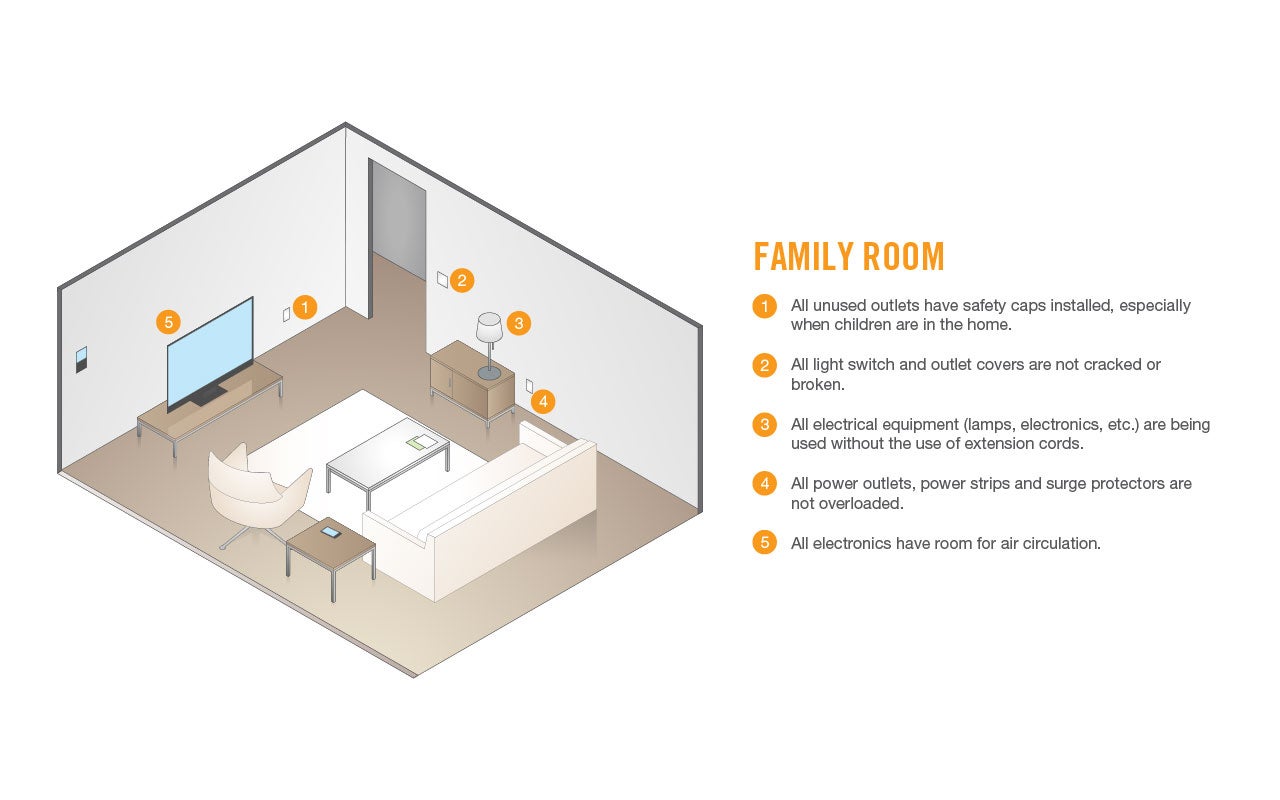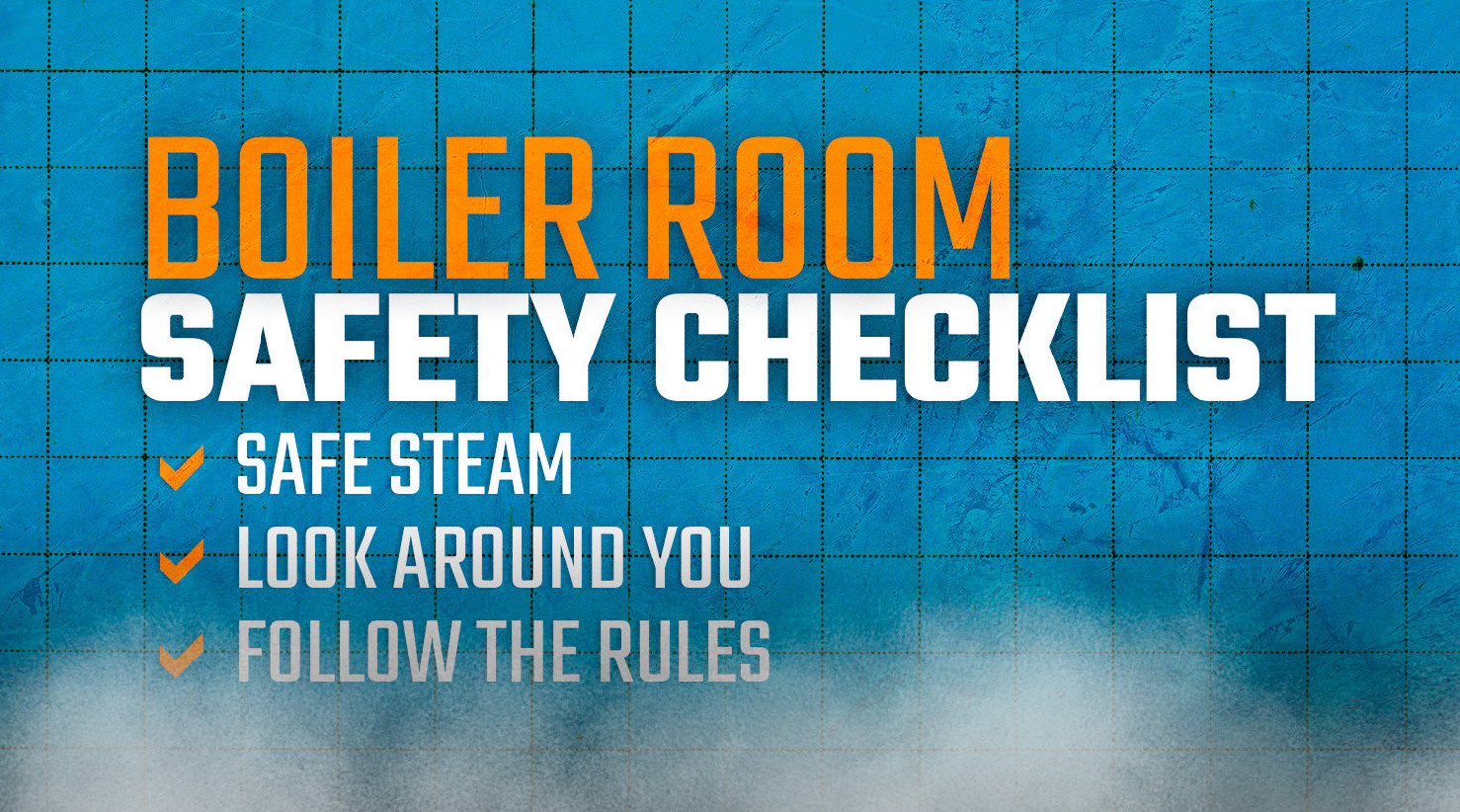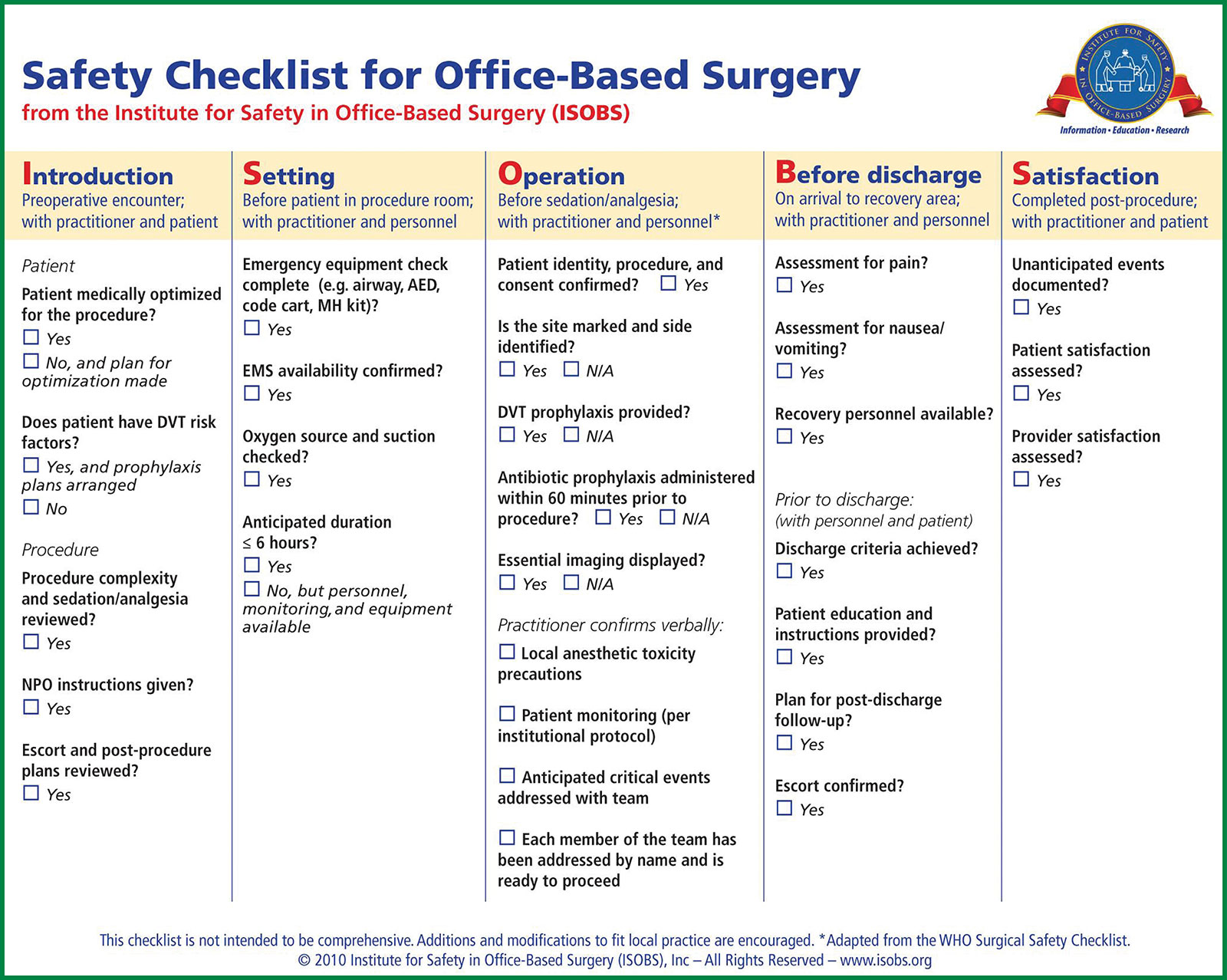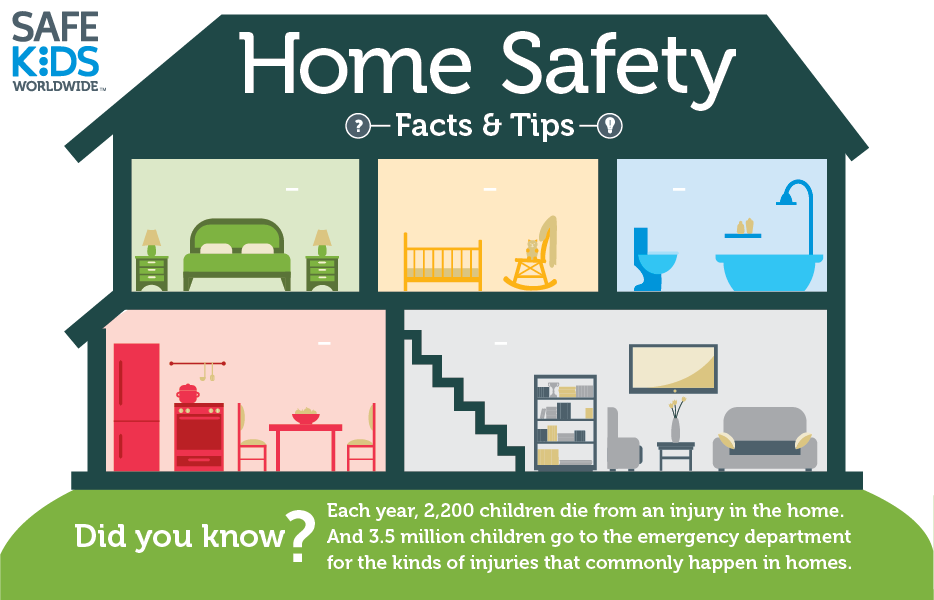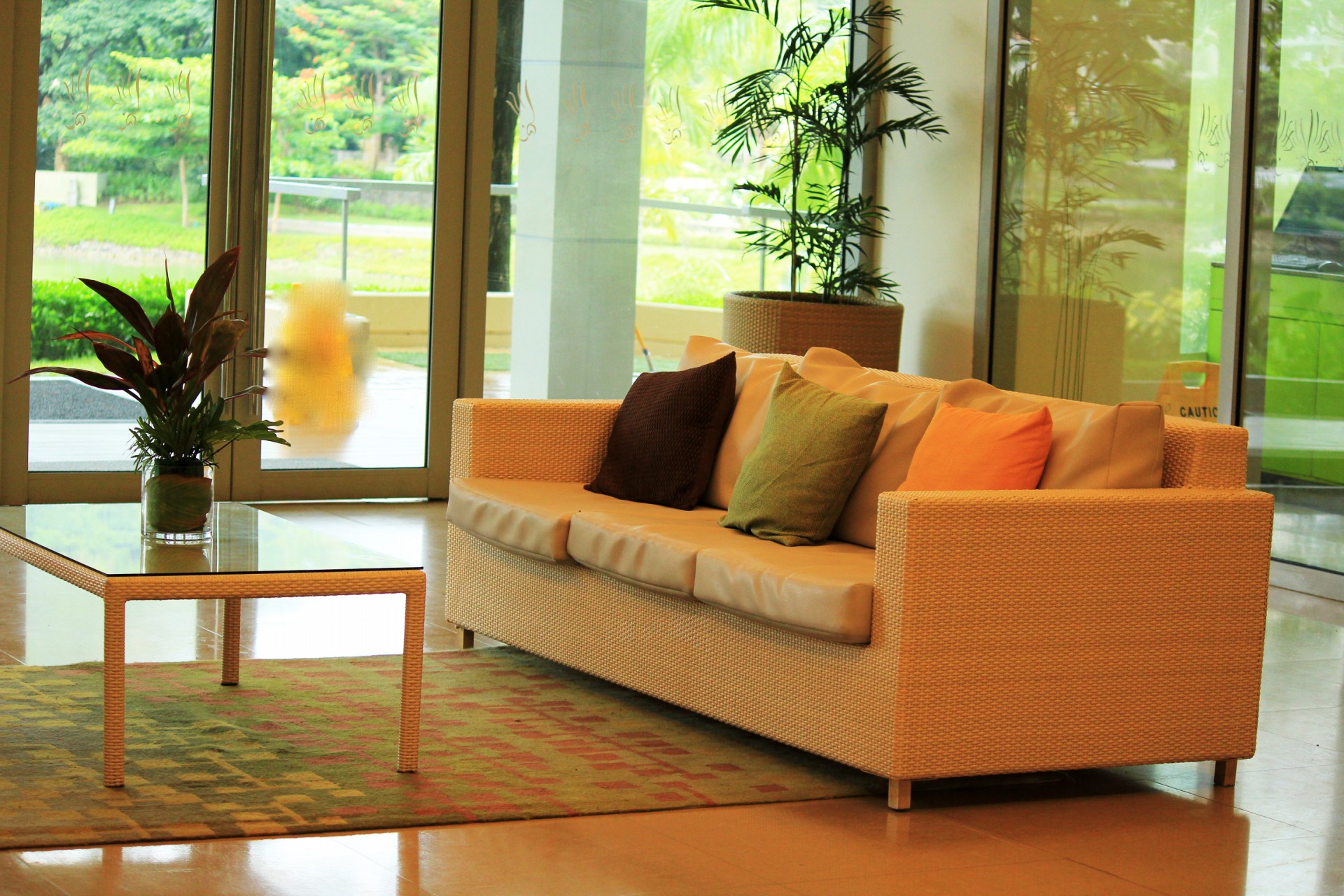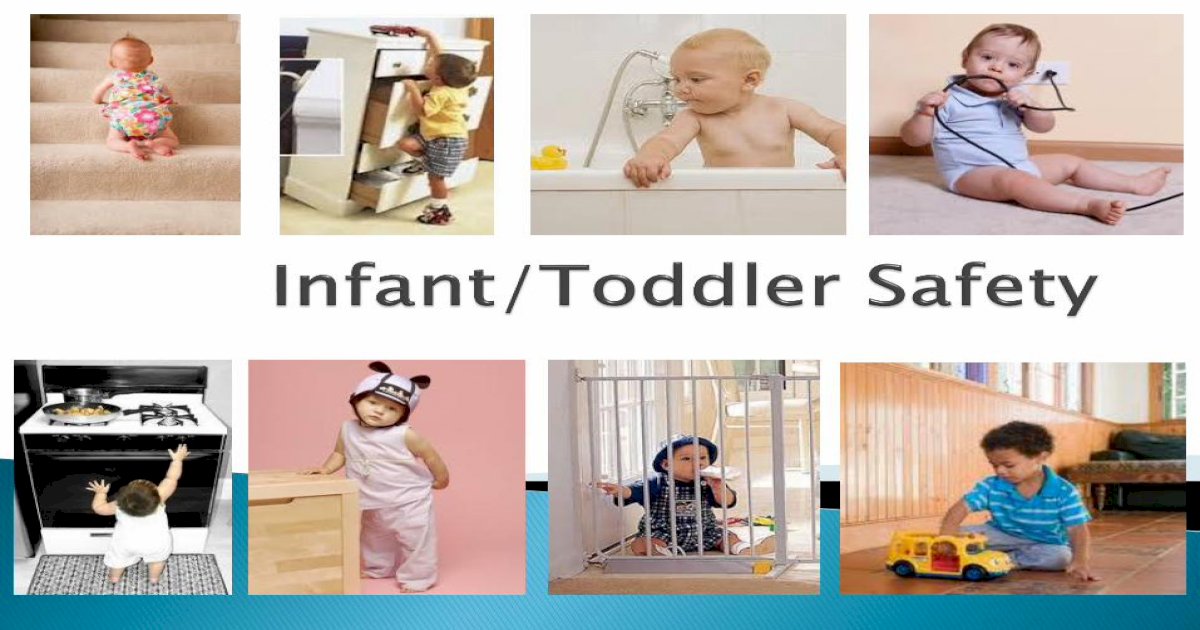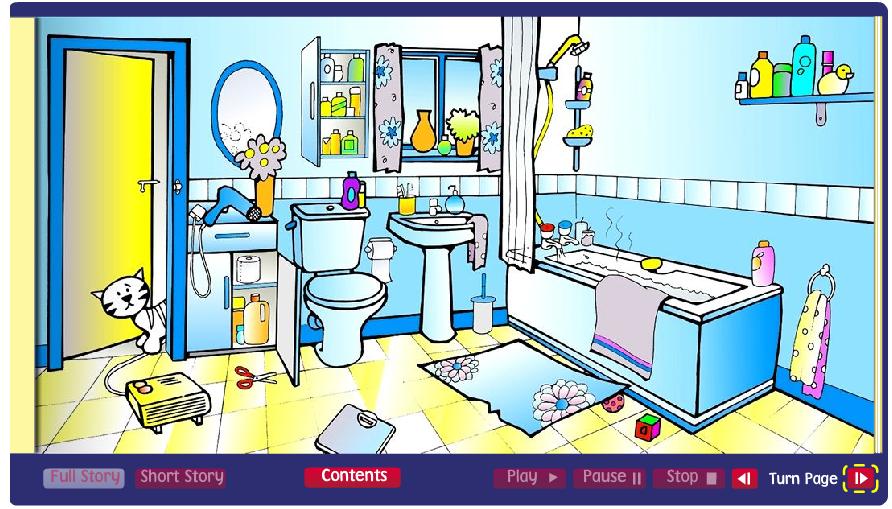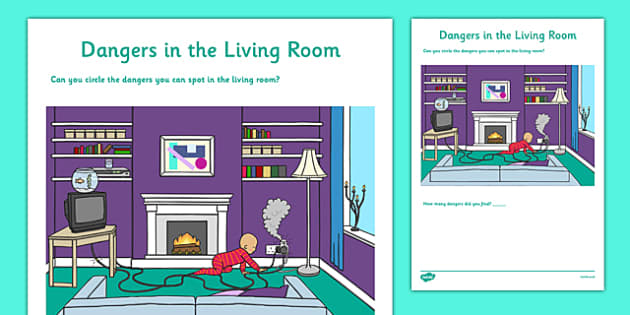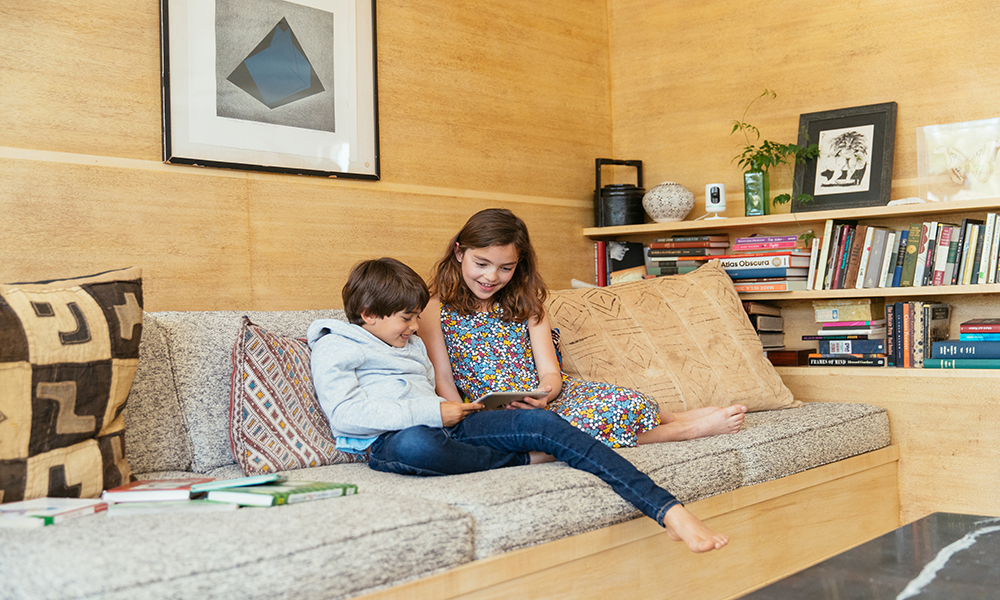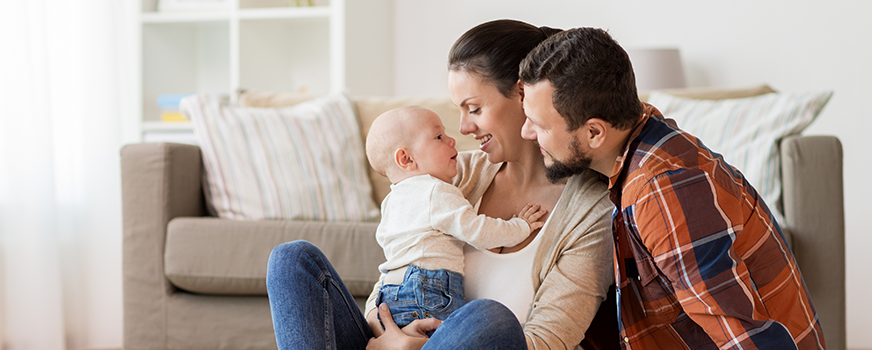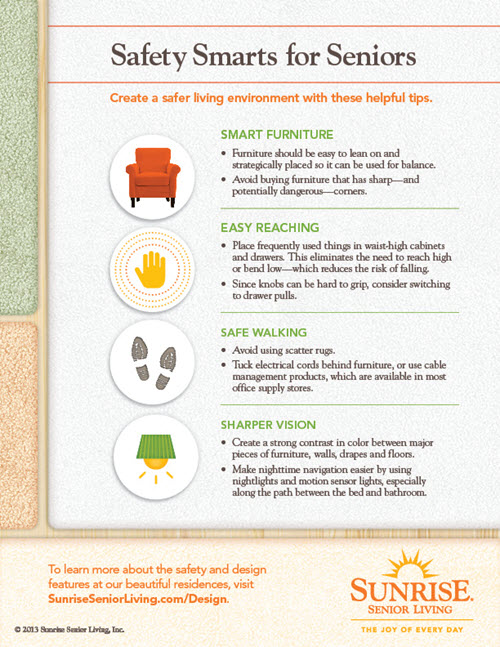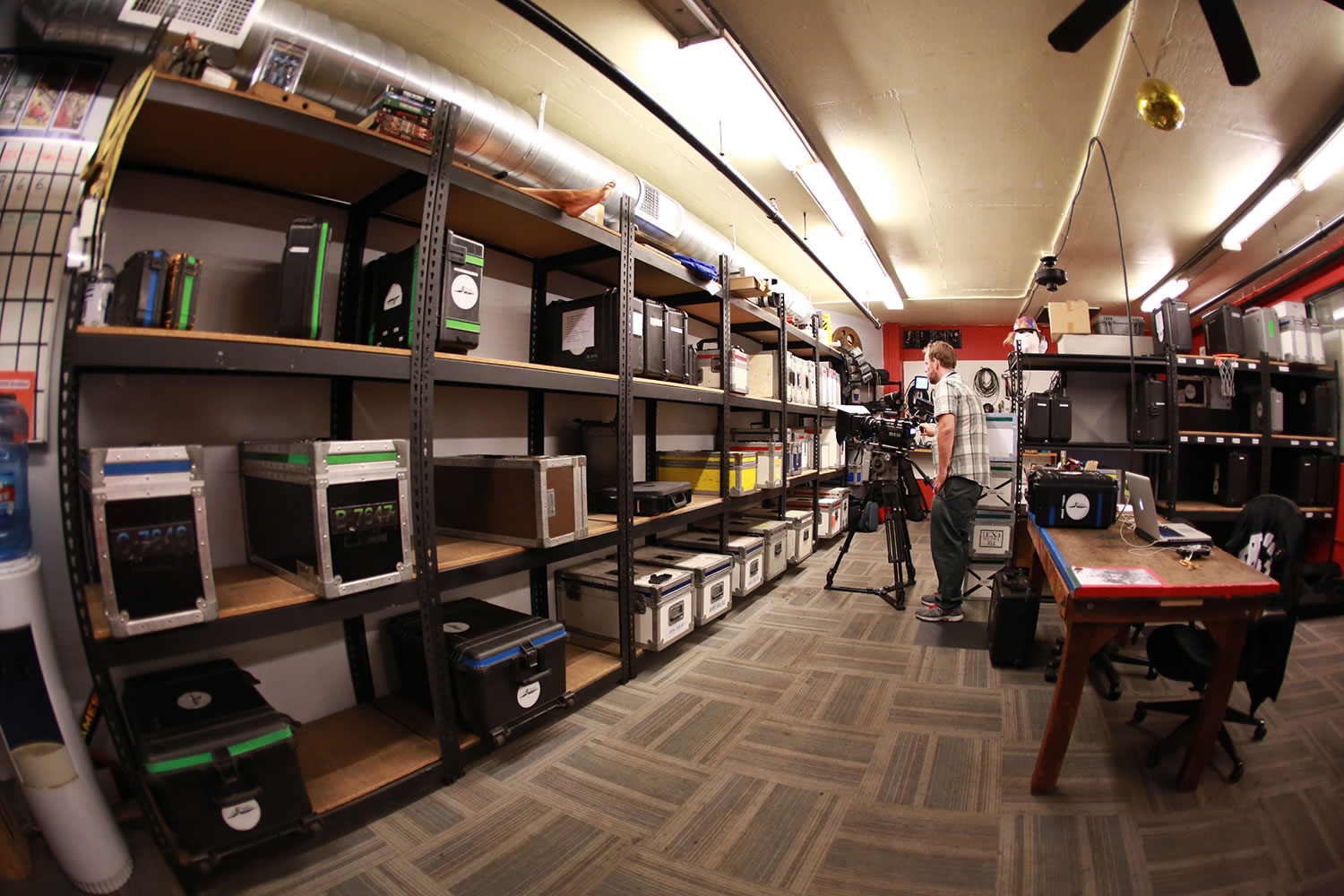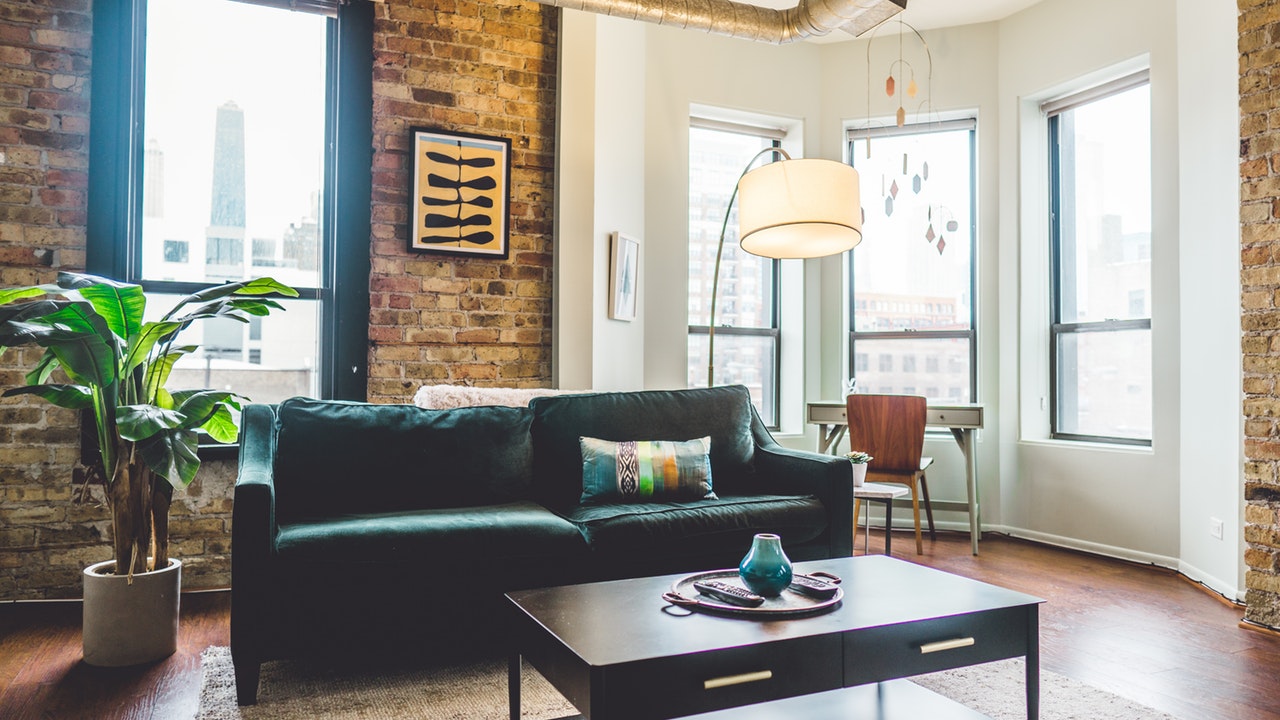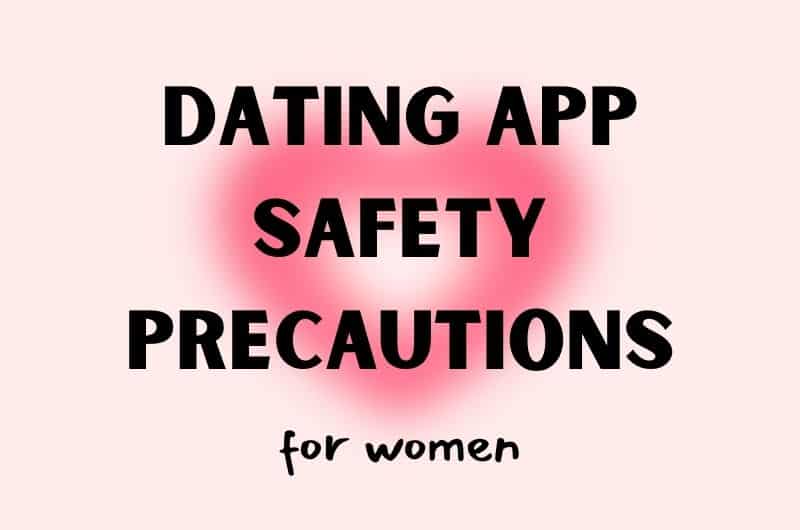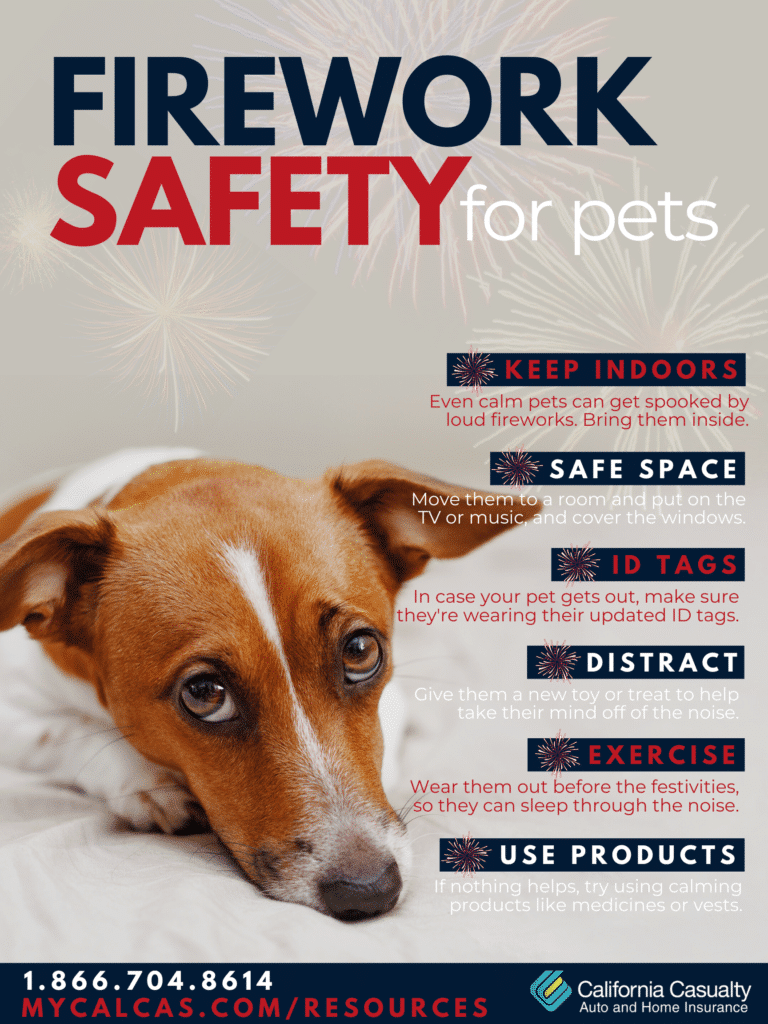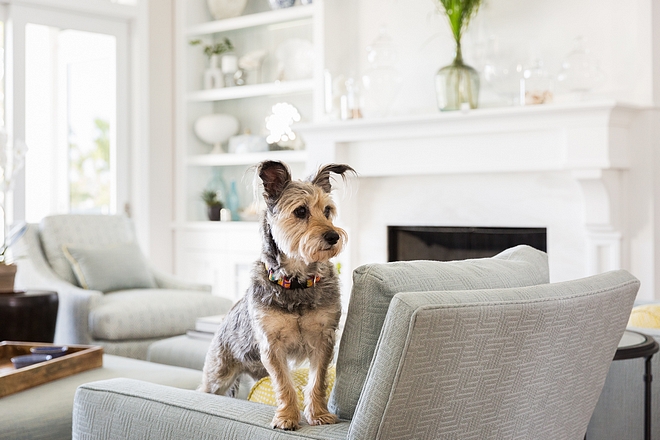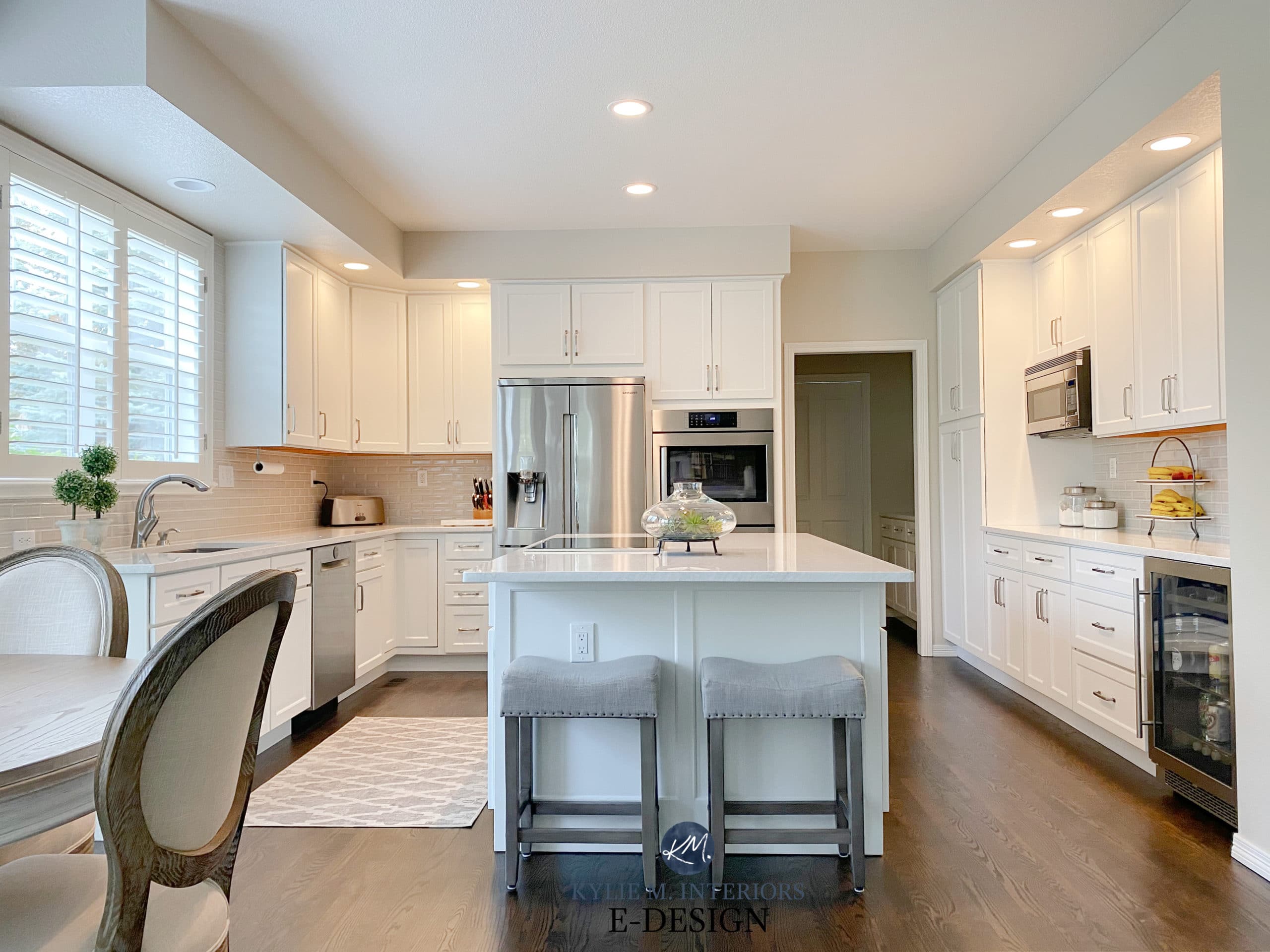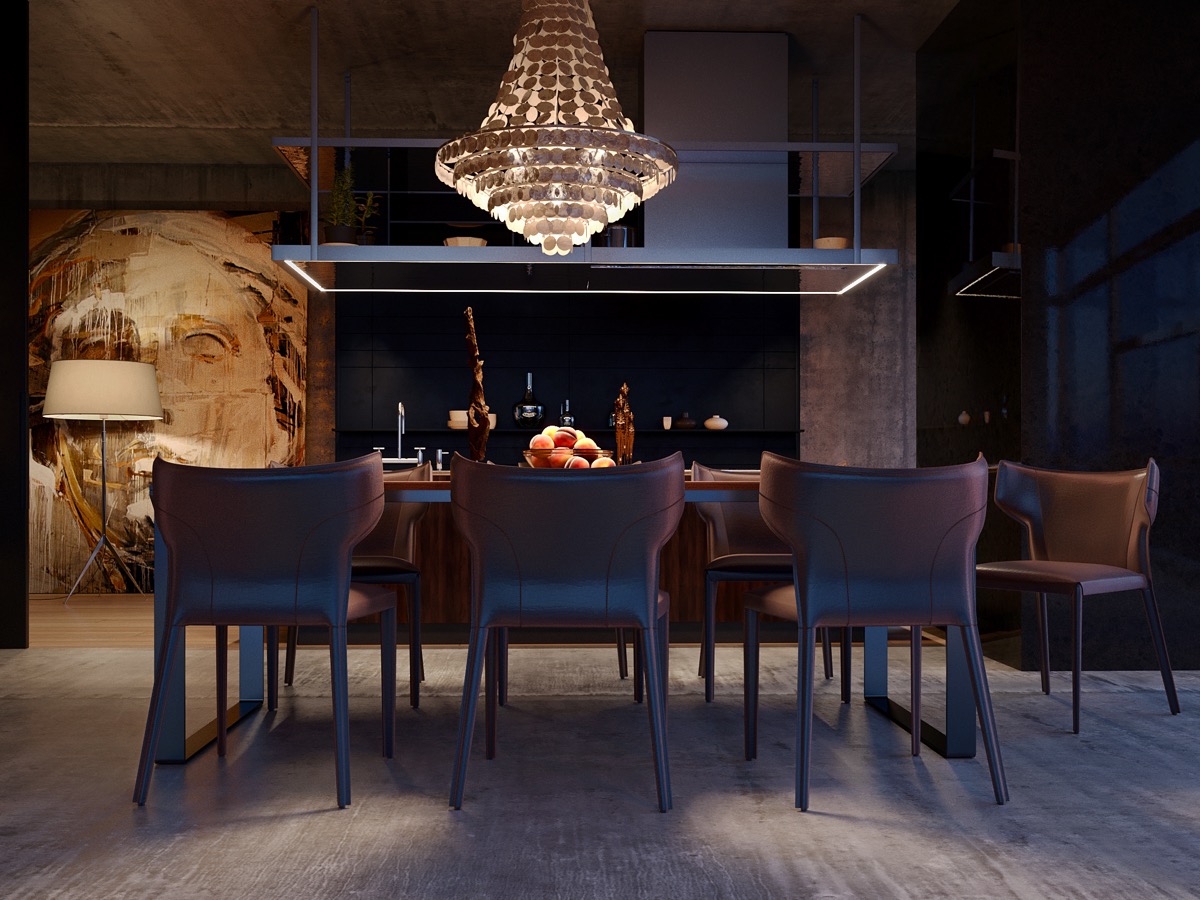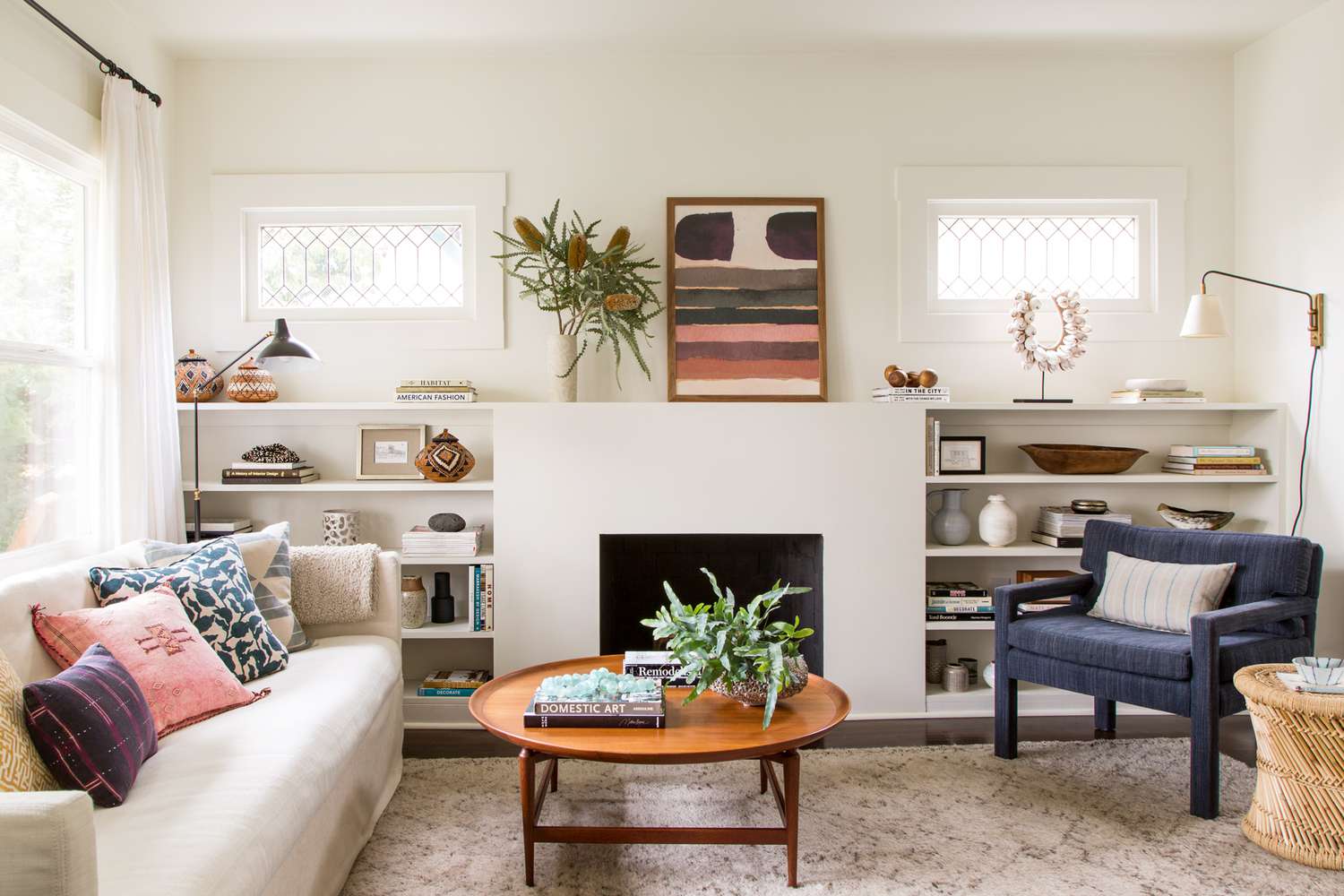Keeping your living room safe is an essential part of maintaining a healthy and happy home. With so many potential hazards present in this high-traffic area, it's important to regularly review and update your living room safety checklist to ensure the well-being of your family. Here are 10 important safety measures to include in your living room safety checklist.Living Room Safety Checklist
When it comes to living room safety, prevention is key. Here are some helpful tips to keep in mind: 1. Secure Loose Cords and Wires - Loose cords and wires can easily cause trips and falls. Make sure to secure them against the wall or use cord covers to keep them out of the way. 2. Avoid Overloading Outlets - Plugging too many devices into one outlet can cause overheating and increase the risk of electrical fires. Use power strips with surge protectors instead. 3. Keep Flammable Items Away from Heat Sources - Keep curtains, furniture, and other flammable items at least 3 feet away from heat sources such as fireplaces, heaters, and candles. 4. Install Smoke and Carbon Monoxide Detectors - Make sure to have working smoke and carbon monoxide detectors in your living room and test them regularly. 5. Use Flameless Candles - Flameless candles are a safer alternative to traditional candles, especially if you have young children or pets in the house. 6. Choose Fire-resistant Furniture - When purchasing furniture for your living room, opt for fire-resistant materials such as leather, wool, or synthetic fabrics. 7. Keep Chemicals and Medications Out of Reach - Store cleaning products and medications in locked cabinets or high shelves to prevent accidental ingestion. 8. Use Slip-resistant Rugs - Make sure to use rugs with slip-resistant backing to prevent falls and injuries. 9. Keep a Fire Extinguisher Handy - In case of a small fire, having a fire extinguisher easily accessible in the living room can help prevent it from spreading. 10. Regularly Inspect and Maintain Appliances - Check your appliances for any signs of wear and tear and schedule regular maintenance to ensure they are functioning safely.Living Room Safety Tips
There are many potential hazards present in the living room that can put your family's safety at risk. Some of the most common hazards include: 1. Electrical Outlets and Cords - Loose or exposed wires and overloaded outlets can cause electrical shocks and fires. 2. Flammable Items - Flammable items such as curtains, furniture, and decorations can easily catch fire if too close to heat sources. 3. Candles - Traditional candles pose a fire hazard, especially if left unattended or within reach of children or pets. 4. Chemicals and Medications - Cleaning products and medications can be harmful if ingested, especially by young children. 5. Slippery Floors - Rugs without slip-resistant backing or spills on the floor can cause slips and falls. 6. Unsecured Furniture - Unsecured furniture, such as bookshelves or TV stands, can easily tip over and cause injuries.Living Room Safety Hazards
As parents, it's our responsibility to create a safe environment for our children to play and grow in. Here are some tips to make your living room safe for kids: 1. Baby-proof Your Living Room - Cover electrical outlets, secure loose cords and wires, and install safety gates to keep little ones away from potential hazards. 2. Avoid Sharp Edges - Cover sharp edges of furniture with corner guards to prevent injuries from falls or bumps. 3. Keep Small Objects Out of Reach - Keep small objects such as coins, buttons, and batteries out of reach to prevent choking hazards. 4. Store Toys Properly - Store toys in designated bins or shelves to prevent tripping hazards and keep the living room tidy. 5. Supervise Children at All Times - Always keep an eye on your children when they are playing in the living room to prevent accidents.Living Room Safety for Kids
As we age, our mobility and balance may decrease, making the living room a potentially dangerous place. Here are some tips to make your living room safe for seniors: 1. Clear Pathways - Make sure there is enough space to maneuver a walker or wheelchair comfortably in the living room. 2. Use Bright Lighting - Proper lighting is essential for seniors with reduced eyesight. Make sure to use bright, non-glare lighting in the living room. 3. Install Handrails - Install handrails along the walls or on the stairs to provide stability and prevent falls. 4. Avoid Furniture with Sharp Edges - Opt for furniture with rounded edges to prevent injuries from falls or bumps. 5. Keep Emergency Numbers Handy - Make sure to have emergency numbers and a phone easily accessible in case of any accidents.Living Room Safety for Seniors
Investing in safety equipment is an important aspect of living room safety. Here are some essential safety equipment to consider: 1. Smoke and Carbon Monoxide Detectors - Make sure to install smoke and carbon monoxide detectors in your living room and test them regularly. 2. Fire Extinguishers - Having a fire extinguisher easily accessible in the living room can help prevent small fires from spreading. 3. First Aid Kit - Make sure to have a fully stocked first aid kit in the living room in case of any accidents. 4. Flashlights - In case of a power outage, having flashlights in the living room can provide necessary lighting and prevent accidents. 5. Safety Gates and Guards - Use safety gates and guards to prevent children and pets from accessing areas that may be hazardous.Living Room Safety Equipment
Making your living room a safe space for your family requires taking necessary precautions. Here are some precautions to consider: 1. Regularly Inspect and Maintain Appliances - Check your appliances for any signs of wear and tear and schedule regular maintenance to ensure they are functioning safely. 2. Keep an Eye on Candles - If using traditional candles, make sure to never leave them unattended and keep them out of reach of children and pets. 3. Stay on Top of Cleaning and Maintenance - Regularly dust, vacuum, and clean your living room to prevent dust, debris, and clutter from becoming hazards. 4. Educate Your Family - Teach your family about living room safety and the potential hazards present, and how to prevent accidents. 5. Practice Fire Drills - In case of a fire, it's important to have a plan. Practice fire drills with your family to ensure everyone knows what to do in case of an emergency.Living Room Safety Precautions
Establishing and enforcing safety rules in the living room can help prevent accidents and keep your family safe. Here are some important living room safety rules: 1. No Running in the Living Room - Running can lead to slips, falls, and other accidents. Make sure to enforce a no-running rule in the living room. 2. Keep Toys and Other Items Tidy - Teach children to put their toys away after use to prevent tripping hazards and keep the living room tidy. 3. Supervise Children at All Times - Always keep an eye on children when they are playing in the living room to prevent accidents. 4. No Climbing on Furniture - Climbing on furniture can be dangerous, especially for young children. Teach them not to climb on furniture to prevent falls and injuries. 5. No Playing with Electrical Outlets or Cords - Teach children not to play with electrical outlets or cords to prevent electrical shocks and fires.Living Room Safety Rules
Our furry friends are also a part of the family and their safety is just as important. Here are some tips to keep your living room safe for pets: 1. Keep Toxic Plants Out of Reach - Some plants can be toxic to pets if ingested. Make sure to keep them out of reach or opt for pet-friendly plants. 2. Store Toxic Chemicals and Medications Properly - Keep cleaning products and medications out of reach to prevent accidental ingestion by pets. 3. Secure Loose Cords and Wires - Keep cords and wires out of reach or use cord covers to prevent pets from chewing on them. 4. Use Pet-friendly Furniture - Opt for furniture made from pet-friendly materials that can withstand scratches and stains. 5. Keep Food and Water Bowls in a Safe Area - Make sure to keep food and water bowls in an area that is easily accessible for your pet but not in the way of foot traffic to prevent spills and accidents.Living Room Safety for Pets
The Importance of Safety in the Living Room
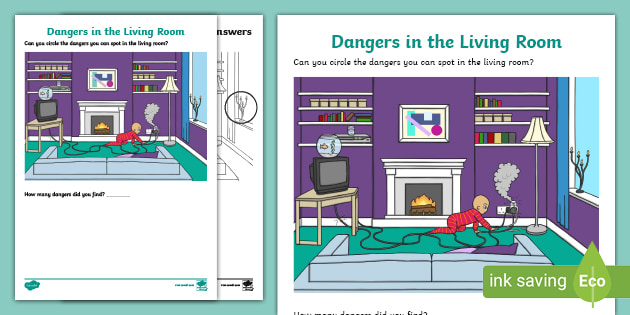
Creating a Safe and Welcoming Living Room
 When it comes to designing a house, the living room is often considered the heart of the home. It's where families gather to spend quality time, entertain guests, and relax after a long day. However, with all the activity that takes place in this space, safety can sometimes be overlooked. That's why it's important to prioritize safety when designing your living room. With the right precautions in place, you can create a space that is both stylish and safe for your loved ones.
Choosing the Right Furniture
One of the key elements in a living room is the furniture. While it may be tempting to choose pieces based solely on their aesthetic appeal, it's important to also consider safety when making your selections. Look for furniture with rounded edges and avoid pieces with sharp corners that could pose a danger, especially for young children. Secure heavy furniture, such as bookshelves or TV stands, to the wall to prevent them from tipping over. Additionally, avoid placing furniture near windows to prevent accidents such as falling or getting tangled in cords.
Electrical Safety
With the increasing use of technology in our homes, it's important to ensure proper electrical safety in the living room. Keep electrical cords organized and out of the way to prevent tripping hazards. If possible, use cord covers to conceal cords and prevent children from playing with them. Be sure to also regularly check for any frayed or damaged cords and replace them immediately. When using extension cords, make sure they are rated for the appropriate use and never overload them with too many devices.
Fire Safety
The living room is often a place where families gather around the fireplace during colder months. While a fireplace can create a cozy atmosphere, it's important to take proper precautions to prevent accidents. Install a sturdy screen or gate around the fireplace to prevent children or pets from getting too close. Make sure to also have a fire extinguisher nearby and regularly check the batteries in your smoke detectors.
Maintaining a Clean and Clutter-Free Space
A cluttered living room can not only be unsightly, but it can also pose safety hazards. Make sure to regularly declutter and organize your living room to prevent tripping hazards. Keep small items, such as toys or knick-knacks, out of reach of children to prevent choking hazards. Encourage everyone in the household to clean up after themselves to maintain a safe and welcoming living room.
In conclusion, a well-designed living room not only looks great, but it also prioritizes safety. By following these tips and making safety a top priority, you can create a space that is both stylish and secure for your loved ones. Remember, when it comes to the living room, safety should always come first.
When it comes to designing a house, the living room is often considered the heart of the home. It's where families gather to spend quality time, entertain guests, and relax after a long day. However, with all the activity that takes place in this space, safety can sometimes be overlooked. That's why it's important to prioritize safety when designing your living room. With the right precautions in place, you can create a space that is both stylish and safe for your loved ones.
Choosing the Right Furniture
One of the key elements in a living room is the furniture. While it may be tempting to choose pieces based solely on their aesthetic appeal, it's important to also consider safety when making your selections. Look for furniture with rounded edges and avoid pieces with sharp corners that could pose a danger, especially for young children. Secure heavy furniture, such as bookshelves or TV stands, to the wall to prevent them from tipping over. Additionally, avoid placing furniture near windows to prevent accidents such as falling or getting tangled in cords.
Electrical Safety
With the increasing use of technology in our homes, it's important to ensure proper electrical safety in the living room. Keep electrical cords organized and out of the way to prevent tripping hazards. If possible, use cord covers to conceal cords and prevent children from playing with them. Be sure to also regularly check for any frayed or damaged cords and replace them immediately. When using extension cords, make sure they are rated for the appropriate use and never overload them with too many devices.
Fire Safety
The living room is often a place where families gather around the fireplace during colder months. While a fireplace can create a cozy atmosphere, it's important to take proper precautions to prevent accidents. Install a sturdy screen or gate around the fireplace to prevent children or pets from getting too close. Make sure to also have a fire extinguisher nearby and regularly check the batteries in your smoke detectors.
Maintaining a Clean and Clutter-Free Space
A cluttered living room can not only be unsightly, but it can also pose safety hazards. Make sure to regularly declutter and organize your living room to prevent tripping hazards. Keep small items, such as toys or knick-knacks, out of reach of children to prevent choking hazards. Encourage everyone in the household to clean up after themselves to maintain a safe and welcoming living room.
In conclusion, a well-designed living room not only looks great, but it also prioritizes safety. By following these tips and making safety a top priority, you can create a space that is both stylish and secure for your loved ones. Remember, when it comes to the living room, safety should always come first.





